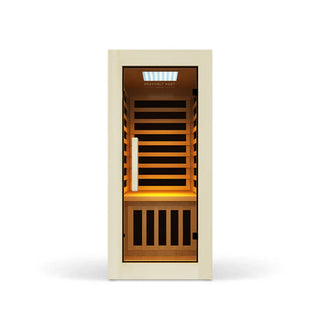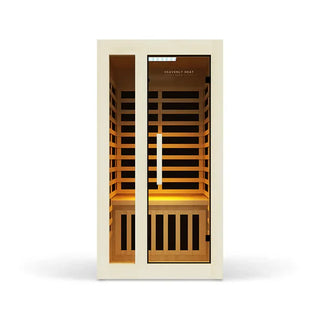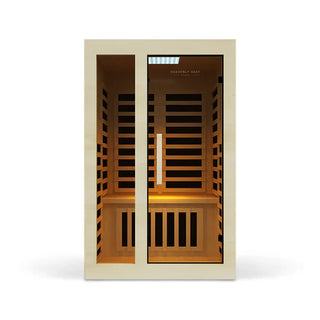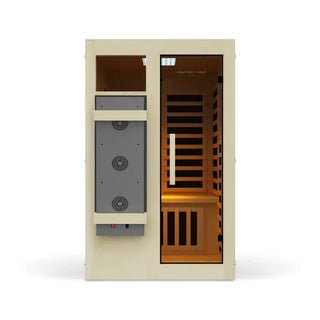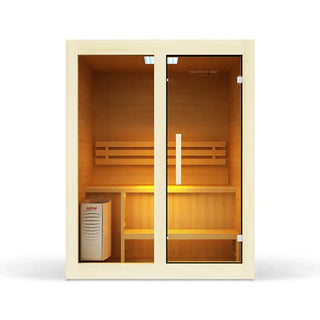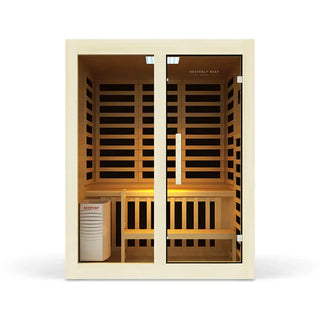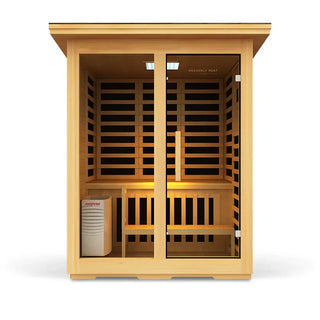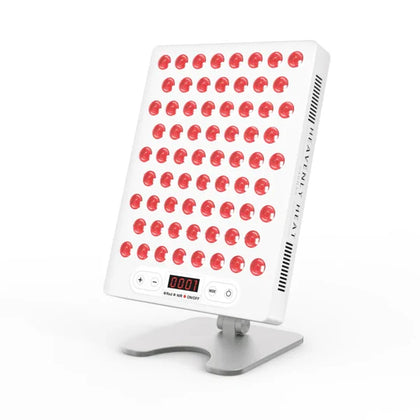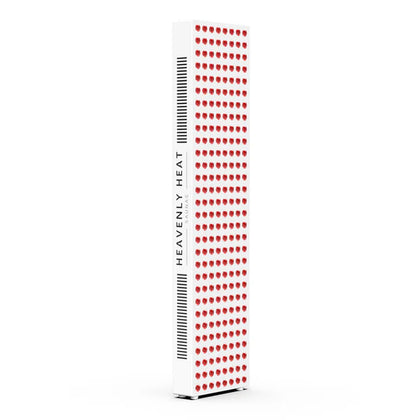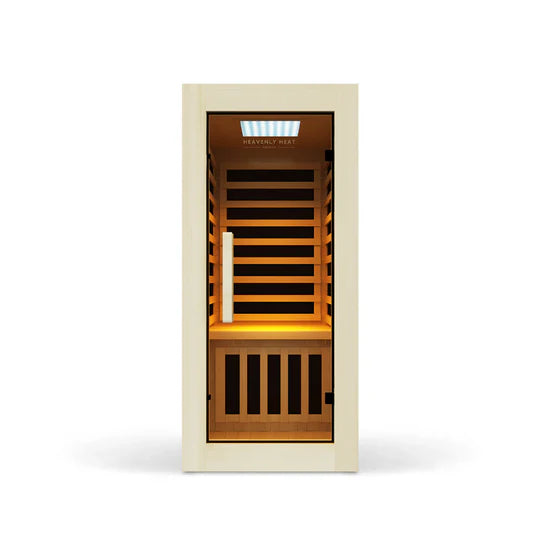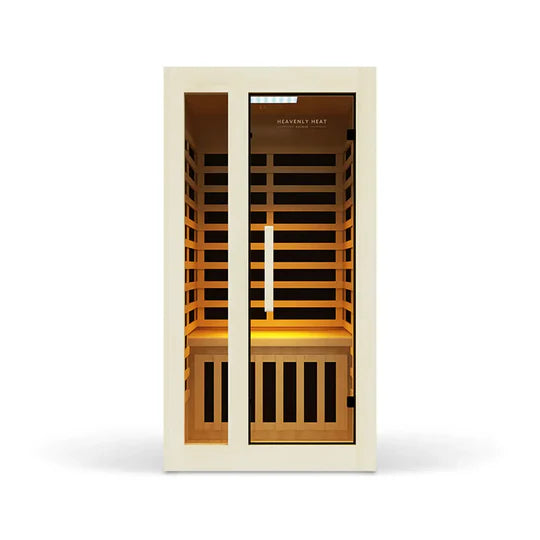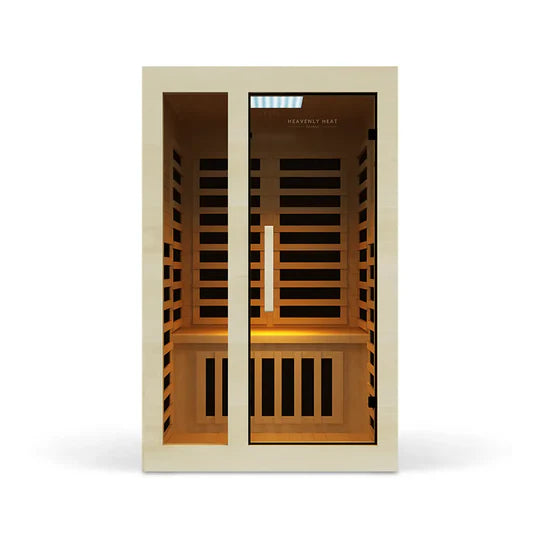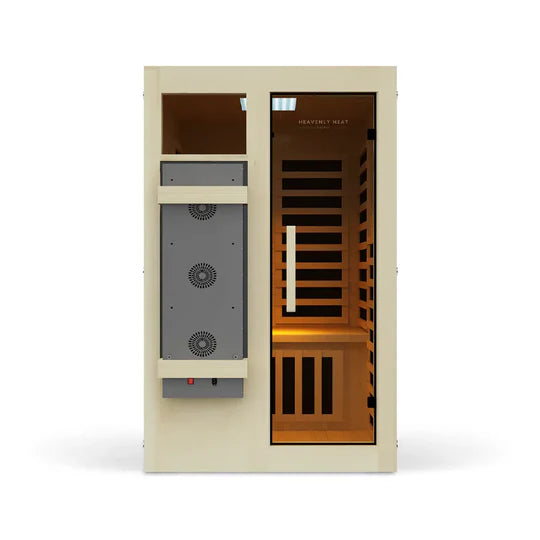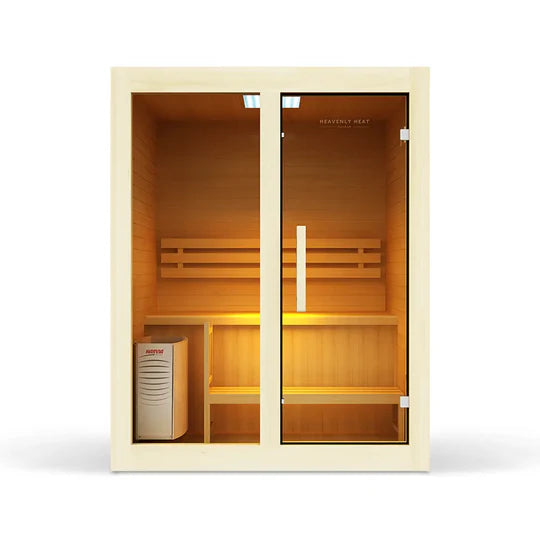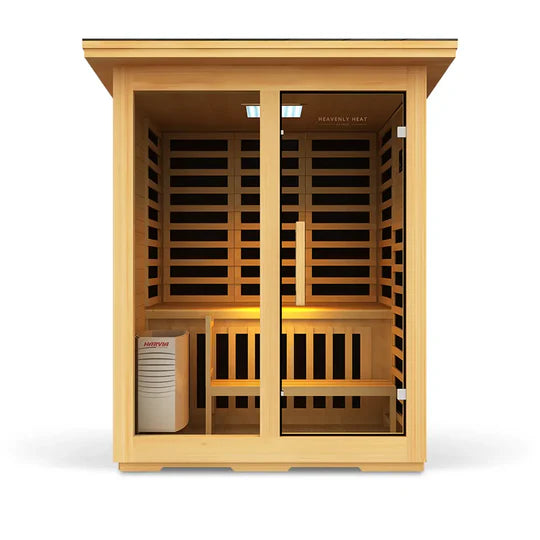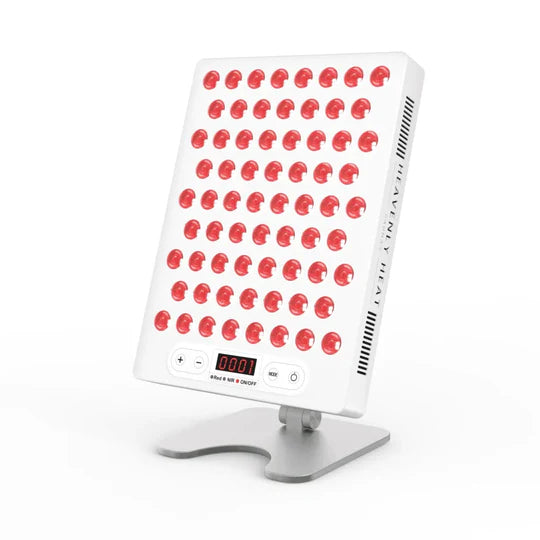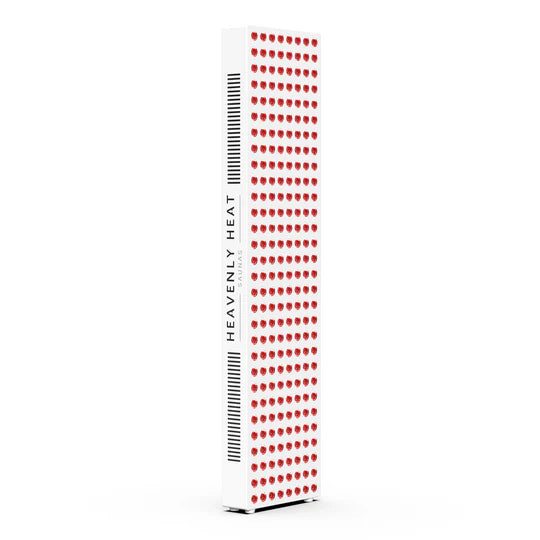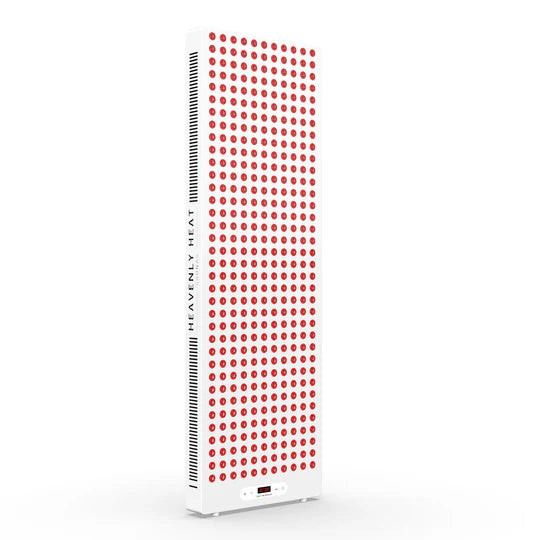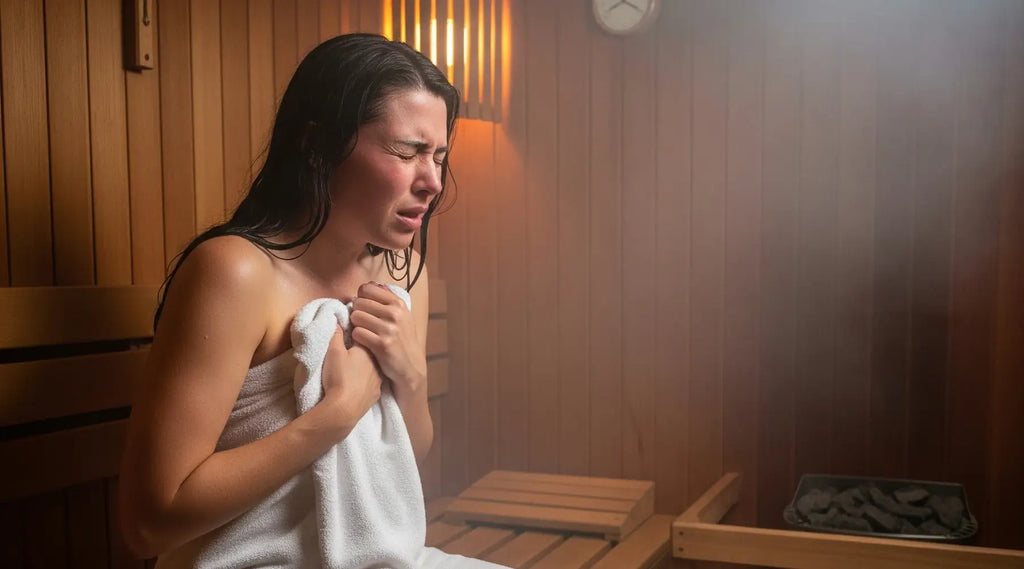Best Materials For Sauna Flooring: A Complete Guide

Choosing the right sauna flooring matters a lot. It needs to handle heat, moisture, and keep you safe without slipping.
With so many options like wood, tile, and rubber, picking the best one can feel tricky. This guide breaks down everything you need to know to find the perfect sauna floor for your space.
Key Takeaways
Choose flooring materials that resist heat and moisture, like cedar, teak, or thermally modified wood.
Prioritize slip resistance with textured surfaces or non-slip mats for sauna safety.
Maintain your sauna floor regularly by cleaning and drying it after each use to prevent mold and odors.
Use raised or slatted flooring and proper drainage to promote ventilation and keep floors dry.
Consider your sauna type when selecting flooring, wood for traditional, bamboo or composites for infrared, and sealed stone or tile for steam rooms.
What Is Sauna Flooring?
- Sauna floors are made to survive heat and moisture every day: Inside a sauna, the temperature is always high and the air is full of steam. Regular floors can get damaged fast, but sauna flooring is built to handle these extreme conditions without breaking down.
- Only strong and moisture-proof materials are used for sauna floors: Materials like wood, tile, stone, and concrete are chosen because they can stay strong even in hot and wet environments. They don’t crack, rot, or wear out easily.
- Wood is a popular choice because it feels warm and lasts long: Types of wood like cedar and hemlock are often used in saunas. They don’t just look good, they stay strong in heat, resist moisture naturally, and feel comfortable when you step on them.
- Every part of sauna flooring is built for tough sauna life: The flooring isn’t just about looks, it’s specially made to handle constant heat, wet conditions, and regular use, all while keeping you safe and comfortable inside the sauna.
Differences Between Sauna Flooring and Regular Flooring
The key difference lies in the ability to handle high heat and humidity . Sauna flooring must resist warping and damage from moisture , unlike standard floors. It promotes ventilation to prevent trapped moisture , using features like expansion gaps and breathable patterns to ensure durability and airflow , elements typically unnecessary in regular flooring.
Limitations on Flooring Choices for Saunas
Heat Resistance
Woods like cedar, hemlock, and spruce are ideal for sauna heat. Softwoods generally outperform hardwoods due to their lower heat retention and greater stability under high temperatures.
Some synthetic tiles are also specially made to handle up to 200°F without warping or cracking.
Moisture Tolerance
Moisture is a major concern in saunas. Materials like teak and cedar have natural moisture resistance , while certain stones and tiles perform well when properly sealed.
Good moisture tolerance prevents swelling, rotting, and mold growth. Sealants or finishes can boost the lifespan of flooring in wet environments .
Slip Resistance
Slip resistance is essential in a sauna. Textured wood or non-slip tile finishes can help reduce accidents.
Avoid smooth tiles and vinyl , which get slippery and may degrade under sauna conditions. Choose flooring with a textured surface or add non-slip mats for added safety.
Durability
Materials must handle repeated heating and cooling cycles. Untreated woods or standard flooring materials often warp or crack over time.
Using materials like thermally modified wood or sealed stone ensures longer-lasting performance. Proper installation and treatments improve durability.
Safety and Health
Avoid flooring that off-gasses or traps moisture . Some synthetics release fumes when heated. Choose non-toxic materials like natural wood and ensure good ventilation under the floor to prevent bacterial growth. Clean, dry floors contribute to a healthy sauna space.
Maintenance
Wood floors need regular wiping and occasional oiling to maintain their condition. Tile and stone floors require less frequent care but can accumulate grime in grout lines.
After each use, thoroughly clean and dry the floor to prevent mold, discoloration, and odors, ensuring hygiene and longevity.
Cost and Installation
Material cost and ease of installation vary. Durable woods like cedar and teak are more expensive but offer long-term value.
Tile and stone usually need professional installation. More affordable and DIY-friendly options include softwoods like spruce and composite boards. Consider both upfront and ongoing maintenance costs when selecting flooring.
Best Overall Materials for Sauna Flooring
Cedar Wood
A top choice for durability, natural oils, pleasant aroma, and moisture resistance. It remains warm and slip-resistant with minimal maintenance.
Thermally Modified Wood
Heat-treated wood that resists humidity and temperature changes better than untreated wood; an eco-friendly option.
Teak Wood
Teak is rich in natural oils, giving it superior resistance to heat, moisture, and mold. Its strength and elegant appearance make it both a practical and luxurious sauna flooring material.
Spruce Wood
Spruce is a more budget-friendly softwood option. Though not as robust as cedar or teak, it performs well with regular maintenance and brings a subtle aroma and smooth texture to the sauna.
Bamboo Flooring
Bamboo is a sustainable and heat-tolerant material. Its natural structure makes it less prone to warping, and it holds up well in humid conditions. Bamboo also adds a modern look and requires little maintenance.
Rubber Mats or Tiles
Rubber offers excellent slip resistance and is easy to clean. High-quality sauna-grade rubber can withstand heat and humidity. It also improves comfort underfoot, though it may not last as long as wood or tile.
Composite Decking Boards
Made from wood fiber and plastic, composite boards are highly resistant to heat, moisture, and mold. They are low-maintenance and durable, making them a good alternative if aesthetics are less of a concern.

Tips for Enhancing Comfort of Sauna Floors
Choose Soft, Natural Wood Flooring
Softwoods like cedar, pine, and spruce offer a warm, cushioned feel underfoot, enhancing comfort and retaining heat well without getting too hot to walk on.
Add Cushioned Floor Mats
These improve comfort during long sessions by reducing pressure on feet and joints. They are also easy to clean and provide extra insulation from heat.
Install Non-Slip Flooring
Non-slip mats or textured tiles help prevent slips. Safety is especially important in moist conditions, so opt for materials that maintain grip when wet.
Ensure Proper Drainage
Use a floor slope of about 1–2% or install raised slatted flooring to allow water runoff and airflow. This reduces pooling and keeps the sauna hygienic.
Maintain Cleanliness Regularly
Wipe down the floor after every use and use mild soap with warm water. Avoid harsh chemicals and make sure the floor dries fully to prevent mold or odor.
Use Raised Flooring or Slatted Benches
These encourage air circulation, reduce surface temperature buildup, and prevent moisture accumulation, enhancing both comfort and longevity.
Incorporate Footrests or Wooden Platforms
Footrests help reduce strain and improve relaxation. Platforms keep feet elevated and cooler, offering a more pleasant sauna experience.
FAQs
How does sauna flooring impact the overall sauna experience and health benefits?
Flooring affects comfort, hygiene, and heat distribution. Wood promotes even heating and reduces irritation, while slip-resistant, moisture-resistant floors keep the sauna safe and clean, enhancing health benefits.
Can eco-friendly or sustainable materials be used for sauna flooring without compromising performance?
Yes. Bamboo and recycled rubber are durable, moisture-resistant, and can match traditional woods when properly treated.
Are there any special installation considerations for sauna flooring to ensure longevity and safety?
Yes. Use a vapor barrier and waterproof layer beneath the flooring, leave expansion gaps, and ensure ventilation to prevent mold and buckling. Use only heat- and moisture-rated materials.
How do different sauna types (traditional, infrared, steam) affect the choice of flooring material?
Traditional saunas suit heat-tolerant woods like cedar. Infrared saunas allow softer materials like bamboo, while steam rooms require highly moisture-resistant sealed stone, tile, or composites.


